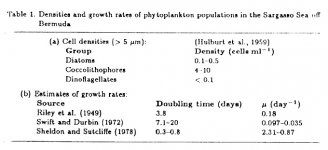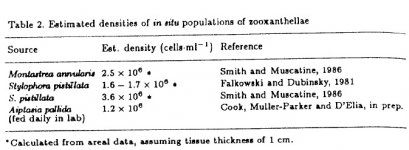- Location
- Vernon, NJ
I have a rather large fish population and fed heavy, everday. there is a constant supply of red laver(nori) and usually fed a combo of prime reef, myiss,planton, angel formula,hermangareis said:The one thing that I find is that people with a higher fishload that really like to feed their fish are the ones with the higher nitrate levels. But its these same people that have the most beautifull tanks.
They also happen to be the people with perfect husbandry.
Ideally I would like my reef to be dominated by sps and also have a school of chromis amongst other fish. At what point does it become too much? What are the limits?
It seems that most conventional wisdom regarding reeftanks gets thrown out the window as peoples expertees grow.
I have zero nitrates and zero poshates (lamotte test kits)
I do have a lot of cheato, mangroves and zenia in my fuge.
I have good coral growth ( IMO) and good color
my orp averages in the mid 400MV with no Ozone
I do run 2 lbs of carbon in a home made reactor.
this is a great thread!
I do think a mix of fish and corals helps to maintain a healthier more natural tank







